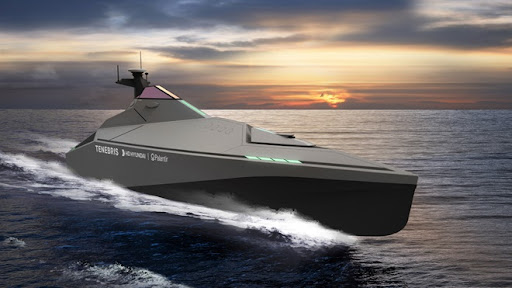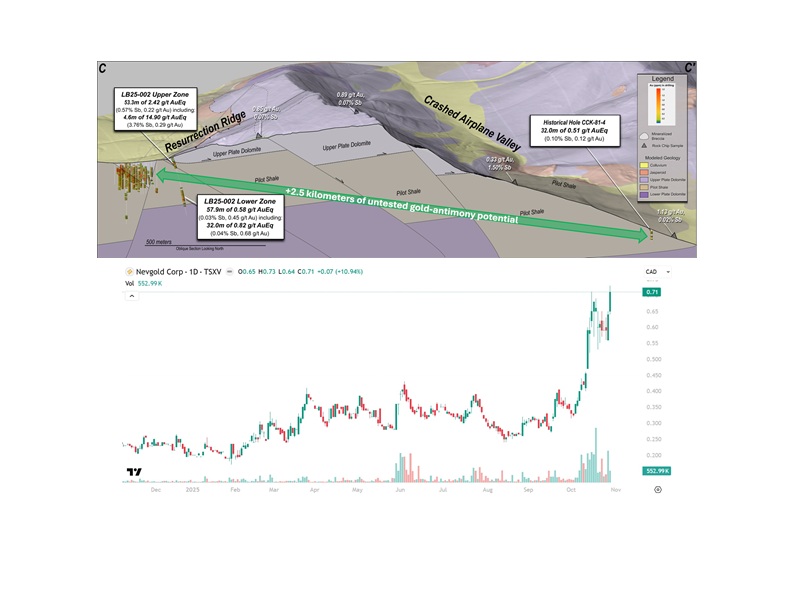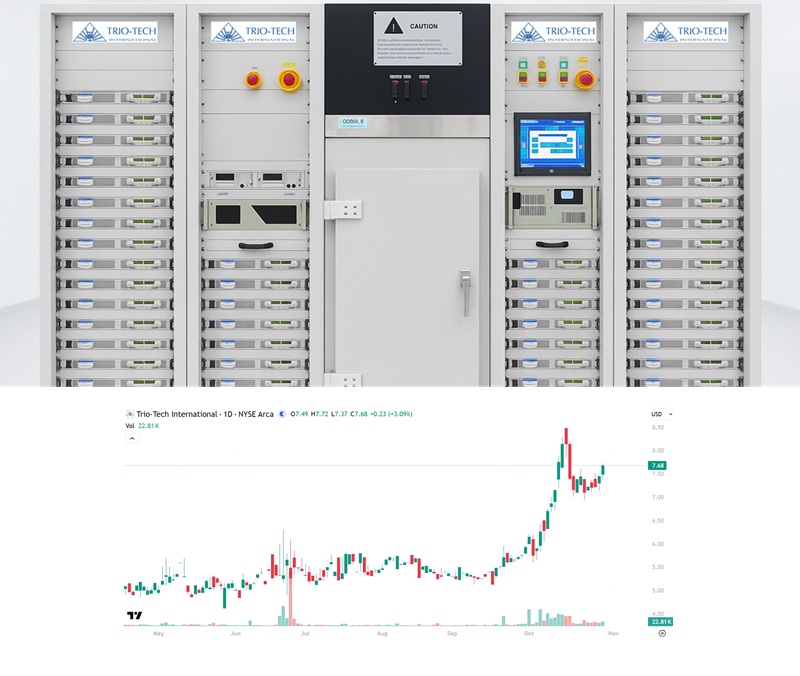How AI at Sea Can Neutralize Iran’s Maritime Threats
Today’s Escalation: Israel Strikes Iran → Iranian Missile Retaliation
Israel’s Preemptive Strike: On June 13 2025, the IDF and Mossad carried out coordinated airstrikes against over 100 Iranian nuclear and military sites—including Natanz, Fordow, and Isfahan—killing senior commanders in a decapitation effort to halt Iran’s breakout potential.
Iran’s Massive Retaliation: Hours later, Iran launched more than 150 ballistic missiles and over 100 drones at Israeli population centers in Tel Aviv and Jerusalem, triggering nationwide sirens and invoking Arrow 3 and Iron Dome defenses.
With the Strait of Hormuz and Red Sea chokepoints just beyond these strikes, maritime traffic and naval assets are prime targets—underscoring the urgent need for autonomous vessels to supplement crewed warships in surveillance, early warning, and defensive operations.
⚓ Why Autonomous Surface Vessels Matter
Iran-backed Houthi forces have already deployed explosive-laden unmanned surface vessels (USVs) to target commercial shipping in the Red Sea—marking a dangerous evolution in asymmetric naval warfare. These drone boats, supplied and guided by Iran’s IRGC, are designed to act as floating IEDs, ramming into ships with devastating effect.
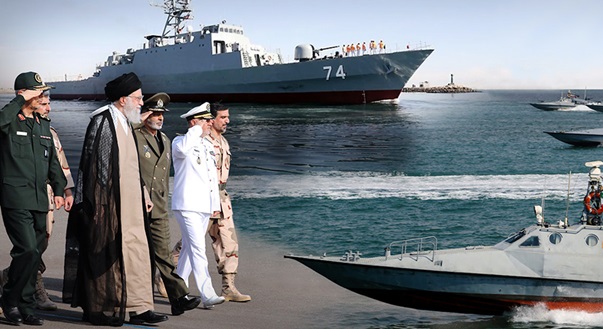
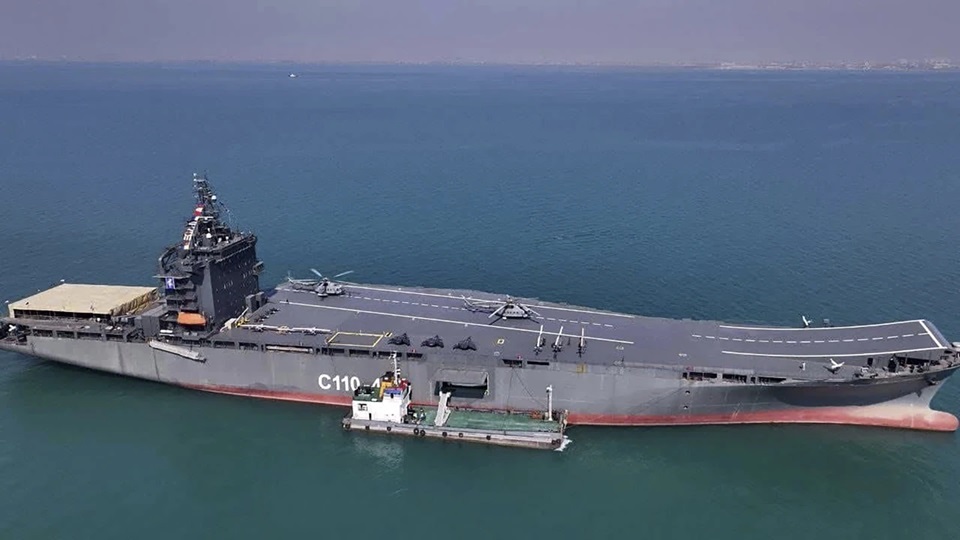
What makes this threat particularly insidious is how USVs—whether for attack or surveillance—can loiter at sea for weeks at a time, operating with a low radar signature and no crew onboard. They quietly patrol critical chokepoints like the Strait of Hormuz and Bab el-Mandeb, relaying live sensor data back to their command centers. This allows hostile actors to track vessel movements, plan strikes and deny freedom of navigation—without ever putting their own forces at risk.
To counter this threat, the U.S. and its allies like Israel are urgently developing fleets of autonomous vessels equipped with advanced AI, edge computing, and onboard decision-making capabilities. These smart USVs won’t just match Iran’s technology—they will far exceed them in intelligence, coordination, and mission flexibility.
Mine Countermeasures & Port Security
Autonomous “drone boats” with advanced sonar remove mines faster and safer than manned minehunters—critical to keeping the Strait of Hormuz open.
Swarm Tactics for Area Denial
Networks of small ASVs can complicate Iranian surface and sub-surface operations, creating a layered defensive screen without scaling human crews.
🚀 Palantir (PLTR): The Brain for Fleet Autonomy
Data Fusion & Decision-Making
Palantir’s Foundry and Warp Speed platforms integrate manufacturing-to-mission workflows—accelerating design, testing, and deployment of USVs at scale.
Operational Planning & Real-Time AI
In a live crisis, Palantir can fuse satellite, ISR, and USV sensor streams to deliver commanders a unified maritime battlespace picture—enabling dynamic tasking of vessels for patrol, interdiction, or decoy missions.
Supply-Chain Resilience
With Warp Speed, defense yards can rapidly ramp production of ASVs, ensuring continuous replacement and up-armoring of autonomous fleets.
🖥️ One Stop Systems (OSS): The Muscle at the Edge
Rugged AI Compute for Autonomous Navigation
OSS’s enterprise-class, marine-hardened AI servers power onboard inferencing for object detection, path planning, and collision avoidance—even in salt spray and 40 °C heat.
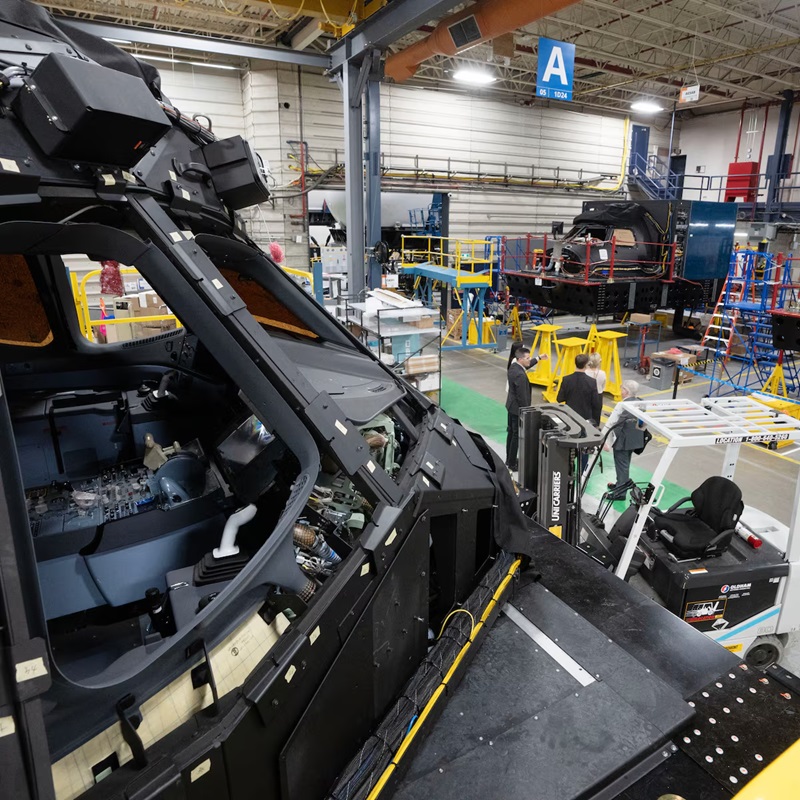
Sensor Fusion & High-Bandwidth Connectivity
Their PCIe expansion and FPGA modules let ASVs process multi-sensor payloads (radar, sonar, EO/IR) locally thereby reducing latency and bandwidth needs when communicating with shore.
Proven Defense Deployments
OSS recently inked a CRADA with U.S. Special Operations Command to field high-performance edge computers for austere maritime environments—paving the way for similar U.S. Navy programs.
As Israel and Iran edge toward a wider regional conflagration, the U.S. Navy and allied fleets must deploy a hybrid crewed/uncrewed approach to safeguard sea lines of communication.
By combining:
PLTR’s software intelligence for rapid decision-making, and
OSS’s rugged edge hardware for real-time autonomy,
we can field resilient USV squadrons to deter Iranian surface and asymmetric threats—preserving freedom of navigation and protecting both military and commercial interests in the Persian Gulf.
Past performance is not an indicator of future returns. NIA is not an investment advisor and does not provide investment advice. Always do your own research and make your own investment decisions. This message is meant for informational and educational purposes only and does not provide investment advice.
